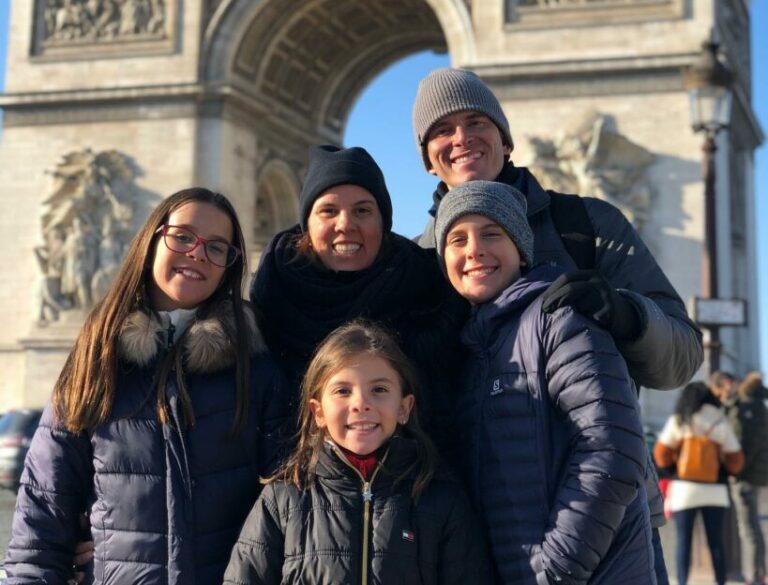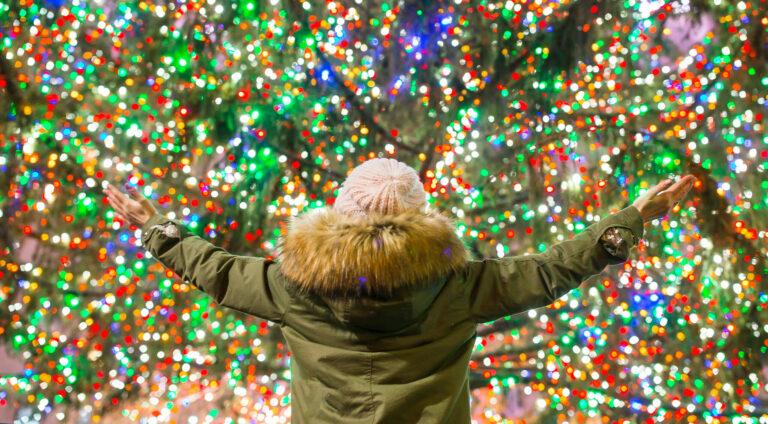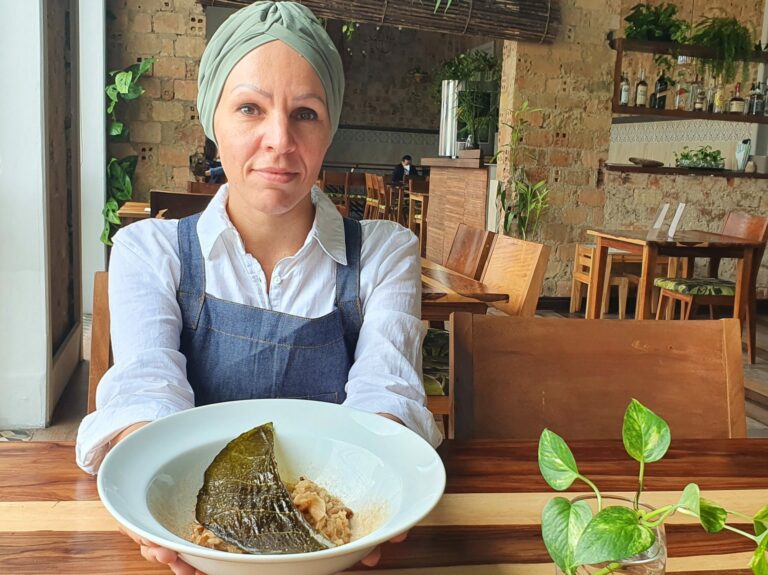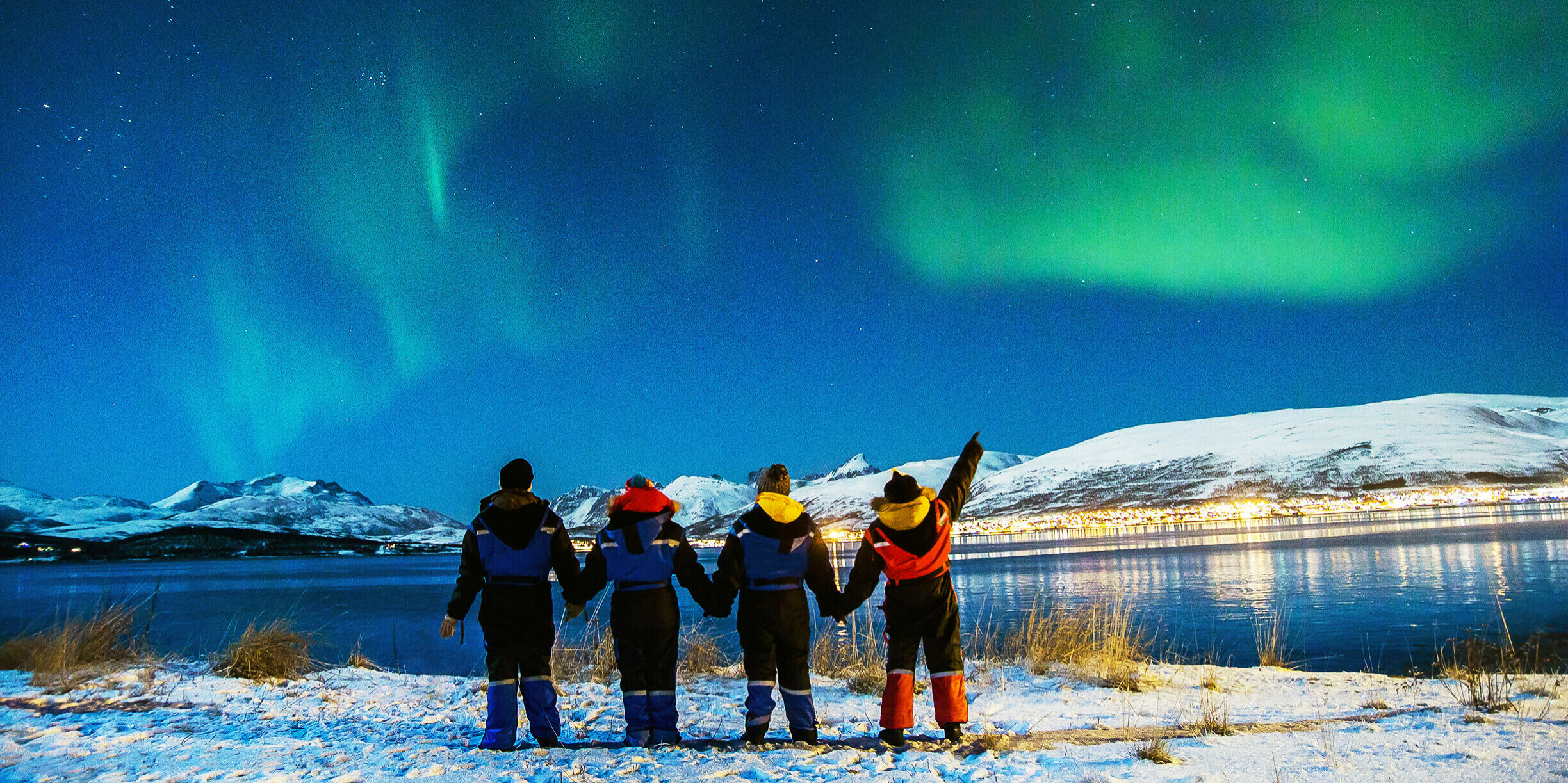
Norway and the fantastic Northern Lights
In the regions of the extreme north of the planet, the small Lofoten Archipelago is the perfect stage for viewing the incredible aurora borealis (also known as the Northern Lights).
By Johnny Mazzilli
There has been much speculation about this fantastic natural phenomenon. Are the spirits of ancestors trying to communicate with the living? Or are they signs and messages from the gods announcing good harvests, the proximity of wars or tragedies? Over time, many people have had quite peculiar interpretations regarding the mysterious dancing lights in the sky. Imagine long, long ago, when science did not exist or was still in its infancy. Everything was deduced from the observation of nature. What did these people think when they watched this phenomenon, without having the slightest idea of what it was? The solution was to appeal to the imagination and, for children, this is what will be paramount when starting this peculiar journey, full of the stories of the incredible legends involved in the mysteries of the lights.
It was Galileo Galilei who named the lights in honor of Aurora, the goddess of the dawn, and her son Boreas, the bringer of the north winds. The ancient Greeks and Romans believed that it was the aurora that brought each new dawn. In folklore, the interpretations have been vast and curious. In northern Alaska, for example, the natives always carried a knife in order to protect themselves against a possible attack by the lights.
Today, science knows much more. The aurora borealis is caused by solar activity. Gigantic solar flares, called the solar wind, come into contact with gases in the atmosphere. This collision results in the release of light energy. This is, simplistically, the scientific explanation of this wonderful phenomenon that since ancient times has both fascinated and terrified people.
The observation of the auroras was, until recently, an activity carried out almost exclusively by adults. Why? Perhaps because of the fact that they take place in very cold regions; on most occasions it is necessary to drive into the night in search of the lights, which, in the past, could have annoyed children and left them cold and shivering. The good news is that there is no longer any reason not to involve your children in this amazing experience, and more and more young travelers are embarking on this fantastic hunt. There are now comfortable ways to make this trip and the incredible experience only helps to strengthen bonds and memories when the whole family is enthralled in front of this very peculiar phenomenon.
To participate in this adventure, it is best for children to be at least seven or eight years old, in order to get the most out of the experience. Nothing prevents even younger children from participating, but the youngest, for obvious reasons, will not have the same benefit. Teenagers will undoubtedly enjoy this completely different expedition.
When in search of the Northern Lights, a heated vehicle is required – and the vehicles used in these regions are always heated – warm clothing and footwear (which can be brought from Brazil and also rented locally for specific activities). The hunt for the auroras does not require physical effort, hiking or entering unfamiliar terrain. Most of the time, it is enough to drive towards the darker areas away from cities, in order to escape the light interference, park the car on the side of the road and walk away from it for a few meters. It is also not necessary to spend hours exposed to the cold and the wind – with the vehicle close by, just return to it and stay inside for a while, resting in the warmth with hot tea and cookies, and then go out again when you have warmed up sufficiently. While you are driving, it is also worth entertaining the children in the vehicle with activities such as reading, games or telling stories about the legends, which help the time pass. If, for adults, observing the aurora is an absolutely unforgettable and fascinating experience, imagine how spectacular it can be in the minds of your children. No doubt, it will have a positive impact on them all of their lives!
Another even more comfortable option is to stay in an igloo hotel or a chalet with large windows and glass doors, through which it is possible to observe the curious phenomenon, while remaining relatively warm (see some excellent options at the end of the article).
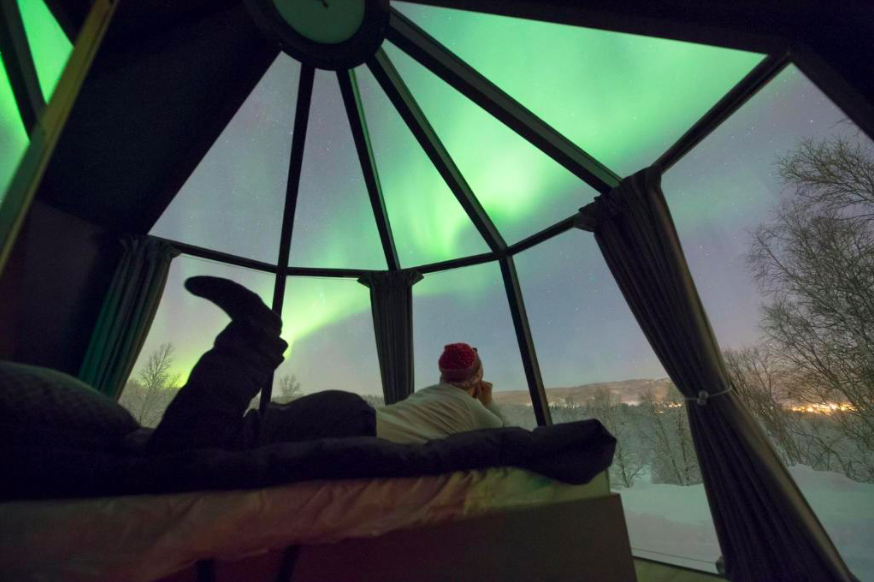
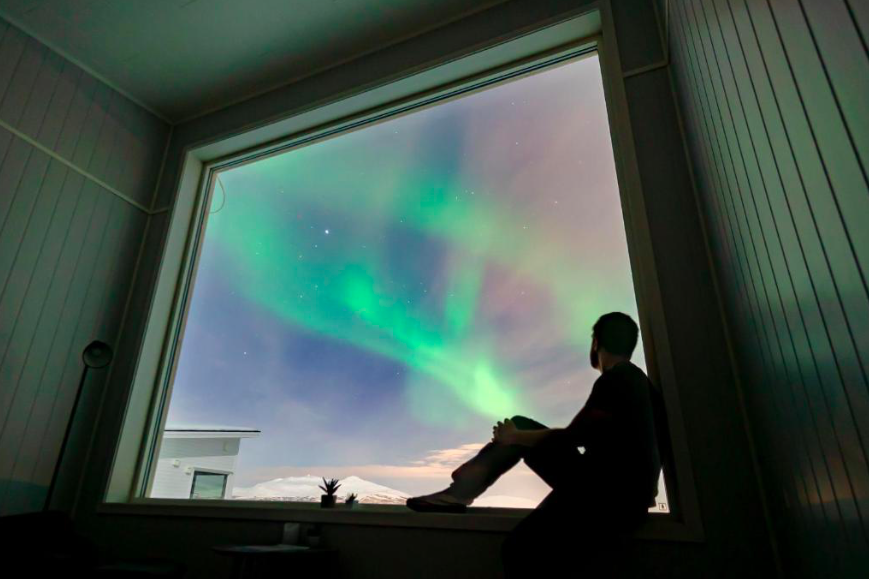

Tromso
In the north of the country, it is easy to reach Tromso airport, from direct flights from European capitals such as Paris, London or Oslo.
The city has many facilities and while the night is not enough to hunt aurora borealis, families can play in the snow, have a good laugh with sledding, go hiking, snowmobiling or even dog sledding, pulled by “snow” dogs : Alaskan malamutes, Siberian huskies,… A way to get to know a very different means of transport.
A super different tour that children will love is meeting the indigenous Sami peoples of northern Norway. They have reindeer farms, run rides and let them feed the animals. And better: children will have the feeling of being inside Disney’s Frozen movie, seeing people in traditional clothes like the characters Kristoff and Anna.
And, at night, it’s time to hunt the dawn. Two interesting places for this: the Telegrafbukta beach or the Fjellheisen, cable car from where you can have a beautiful view of the city, canal and bridge. The tip is to go up before dusk to see the lights come on. There is a restaurant where you can have a beer or hot chocolate. And, once night falls, you can be lucky enough to see the city lit up below and a beautiful aurora borealis in the sky above.
For those looking for a more favorable option to find the aurora borealis in northern Norway, it is interesting to go to the Lofoten Islands, which are much more than a privileged observation point. There are different airports in the archipelago that receive small turboprop planes and it is possible to arrive from Oslo, Tromso, Bodo…
The Archipelago has a unique geography to see the aurora: dramatic and eloquent, formed by hundreds of mountains, fjords, bays, islands, straits and channels, where the seasons of the year and their rigorous transformations produce mutant and absolutely enchanting visuals. The islands are also an ancient fishing spot for Atlantic Codfish, with an ancient fishing culture and bucolic sailor scenery. The fjords are home to the beautiful (and huge!) sea eagles that nest in the cliffs.
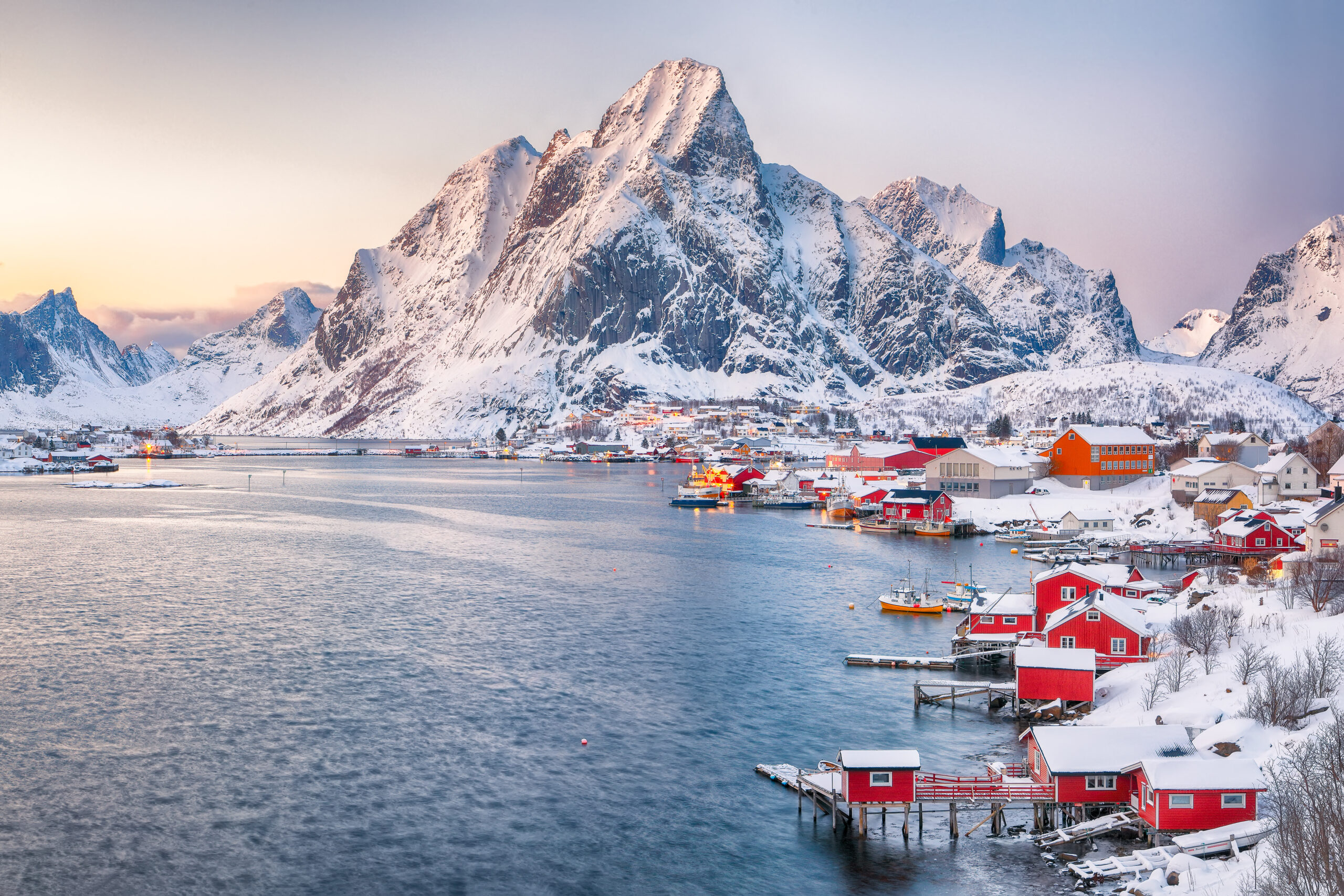
In 1981, a farmer found some pieces of earthenware. The first archaeologists suspected that the find was important and the excavations revealed the remains of the largest Viking dwelling ever discovered, which has been rebuilt and transformed into an unusual museum, the Lofotr. This keeps alive some traditions of the time, such as the production of bread, the forging of swords and weaving, always under the flickering and yellow light of the lamps burning cod liver oil. A tour that makes you feel just like a Viking!

An obligatory stop in the capital Oslo will also expand the whole family’s knowledge of Norwegian culture. The city is incredible and has several museums, including the National Museum (with paintings by Edvard Munch), the Munch Museum, the Viking Ship Museum (currently under renovation and expected to reopen in 2026) and the Norsk Folkemuseum. This is an open-air museum with replicas of houses from the different regions of Norway, as well as a church dating from 1200. The experience of walking through the small streets of the village and coming across people in typical clothes, with drinks, food and folkloric dances is most enjoyable.
Services

Services
Hotels from where it is possible to see the Aurora Borealis:
In Senja
Learn about the Aurora Borealis Expedition
Learn about the Senja Fjordhotell
In Lofoten
Learn about the Lofoten Links Lodges
Learn about the Eliassen Rorbuer
In Rovaniemi, Finland
Learn about Santa’s Igloos Arctic Circle
The Viajar com Crianças and Viajar com Adolescentes‘s Agencies can organise this tour.













